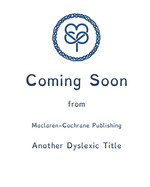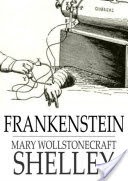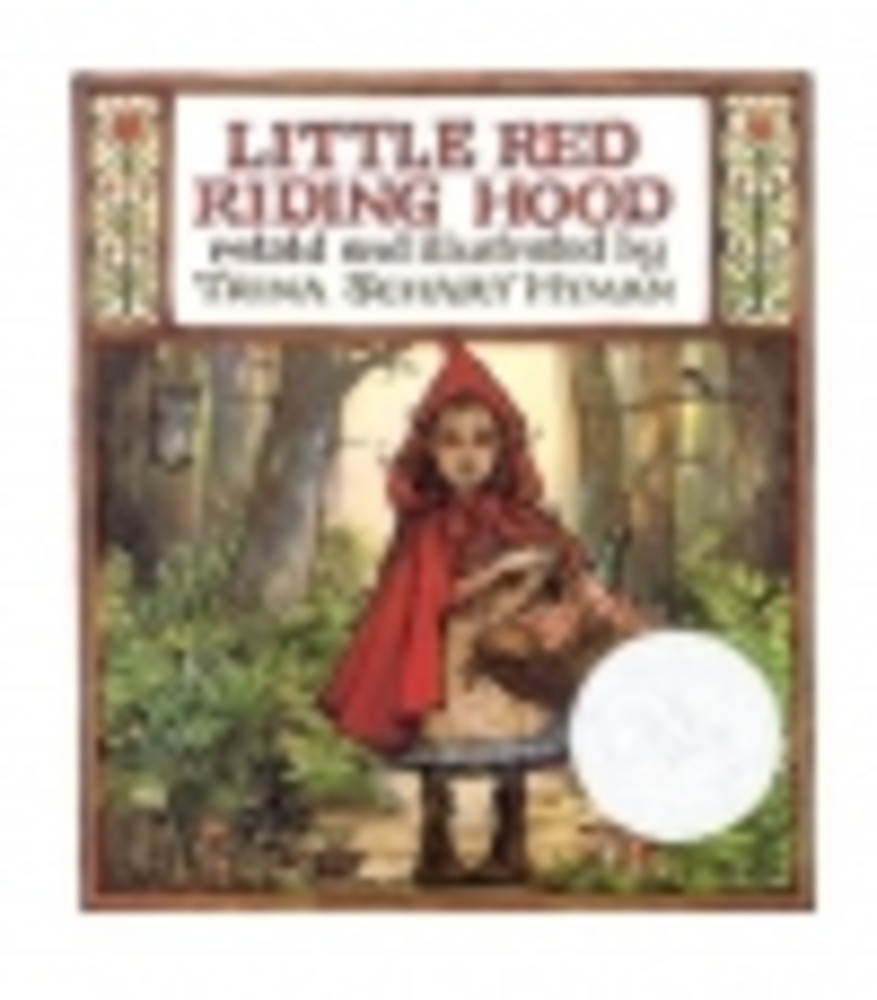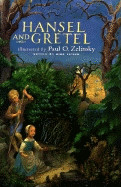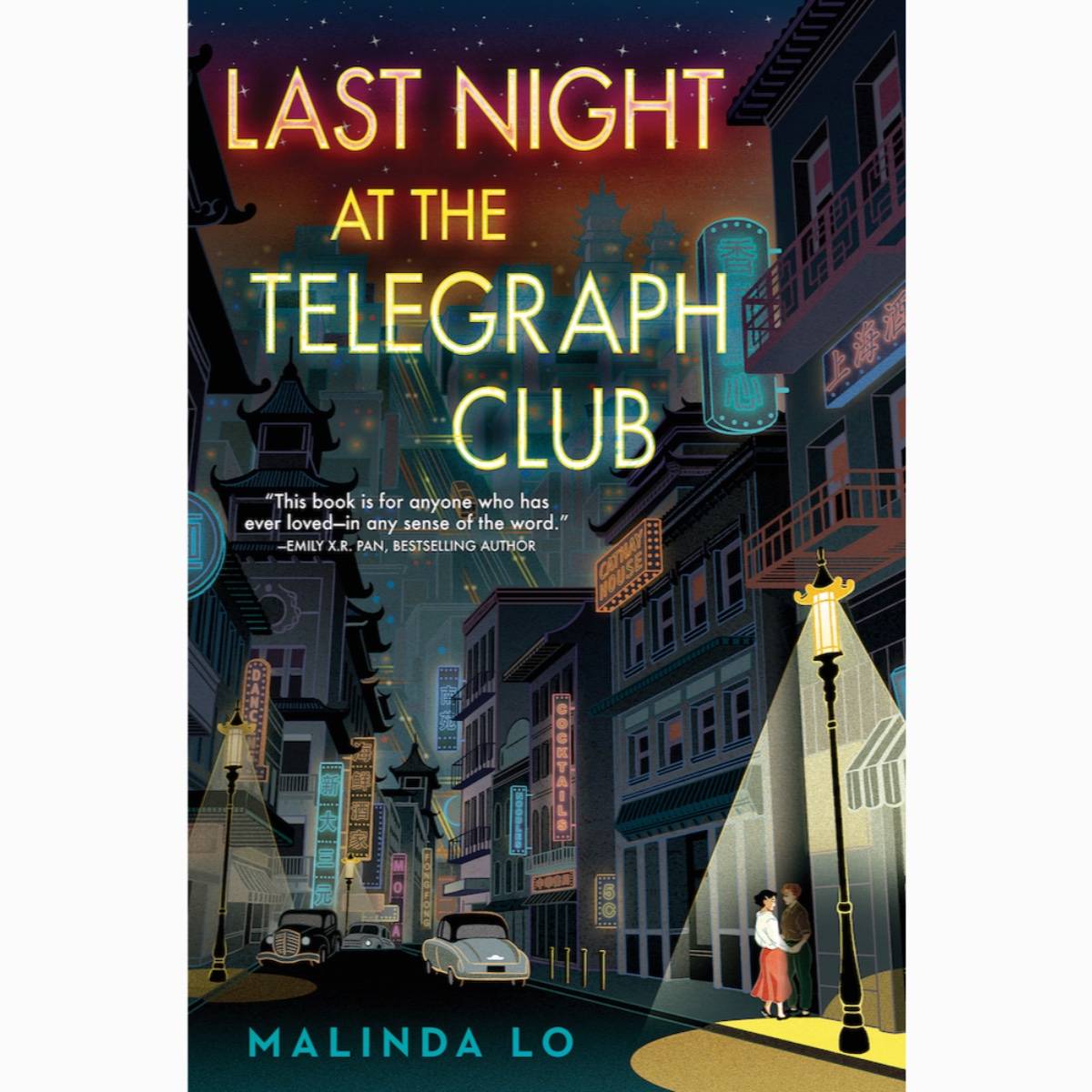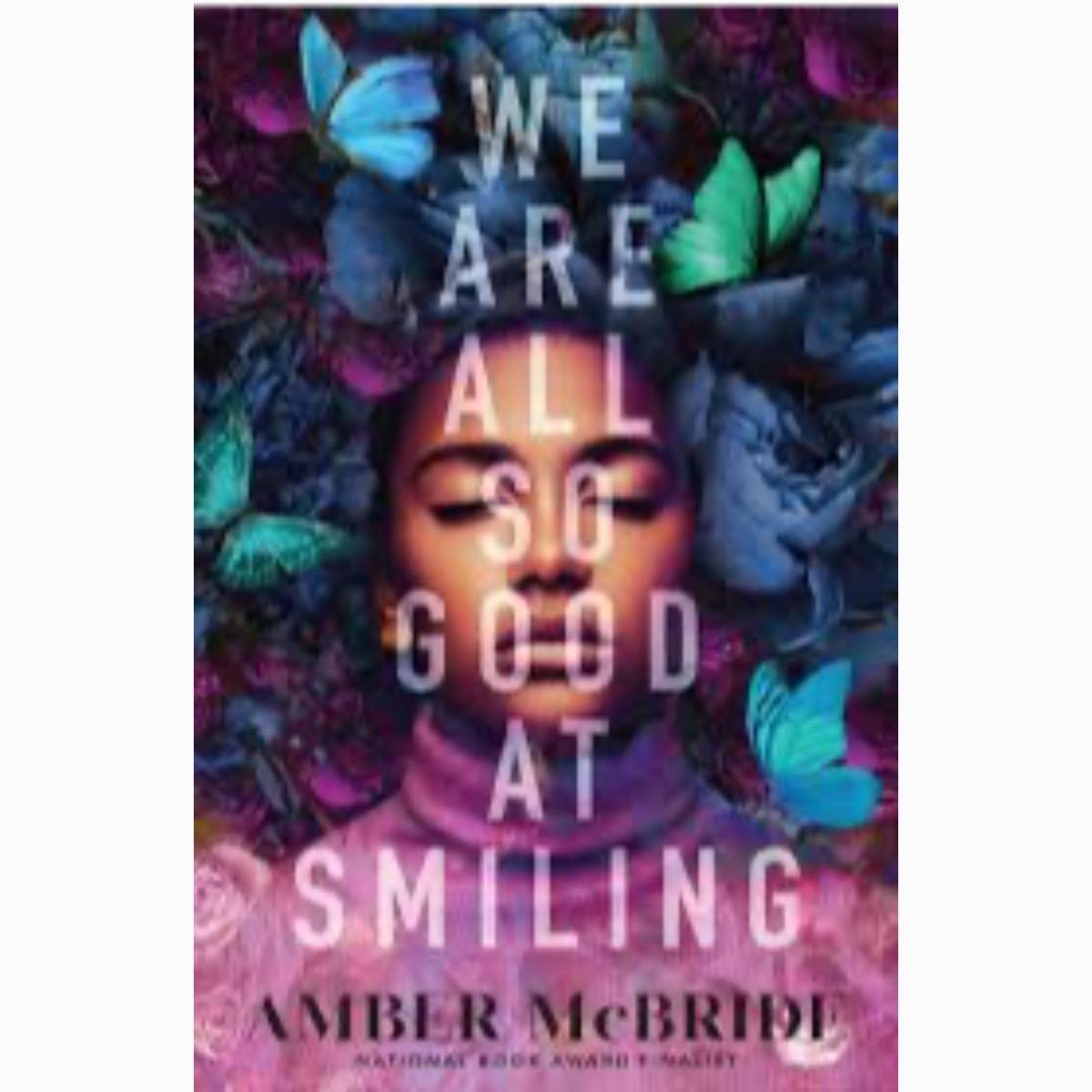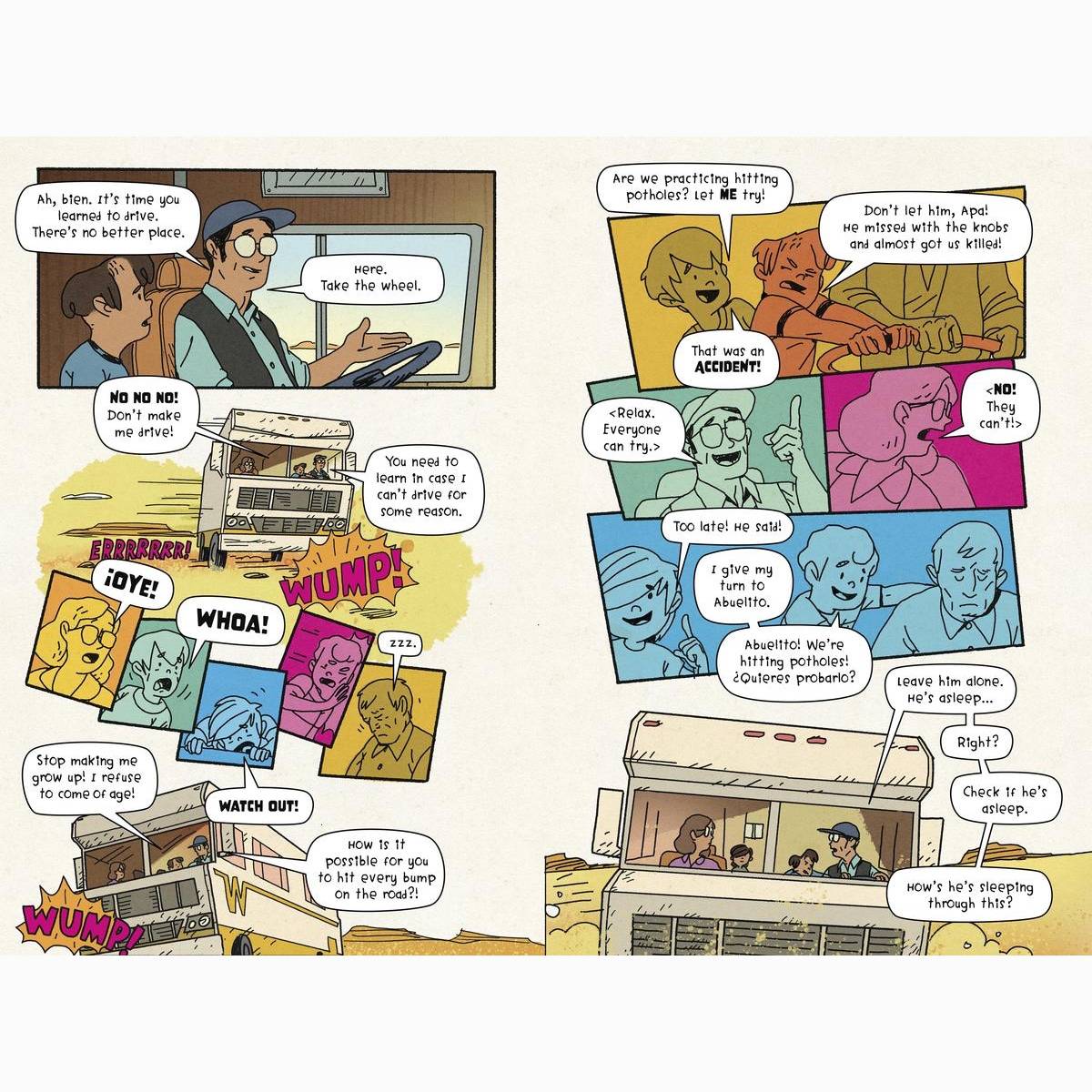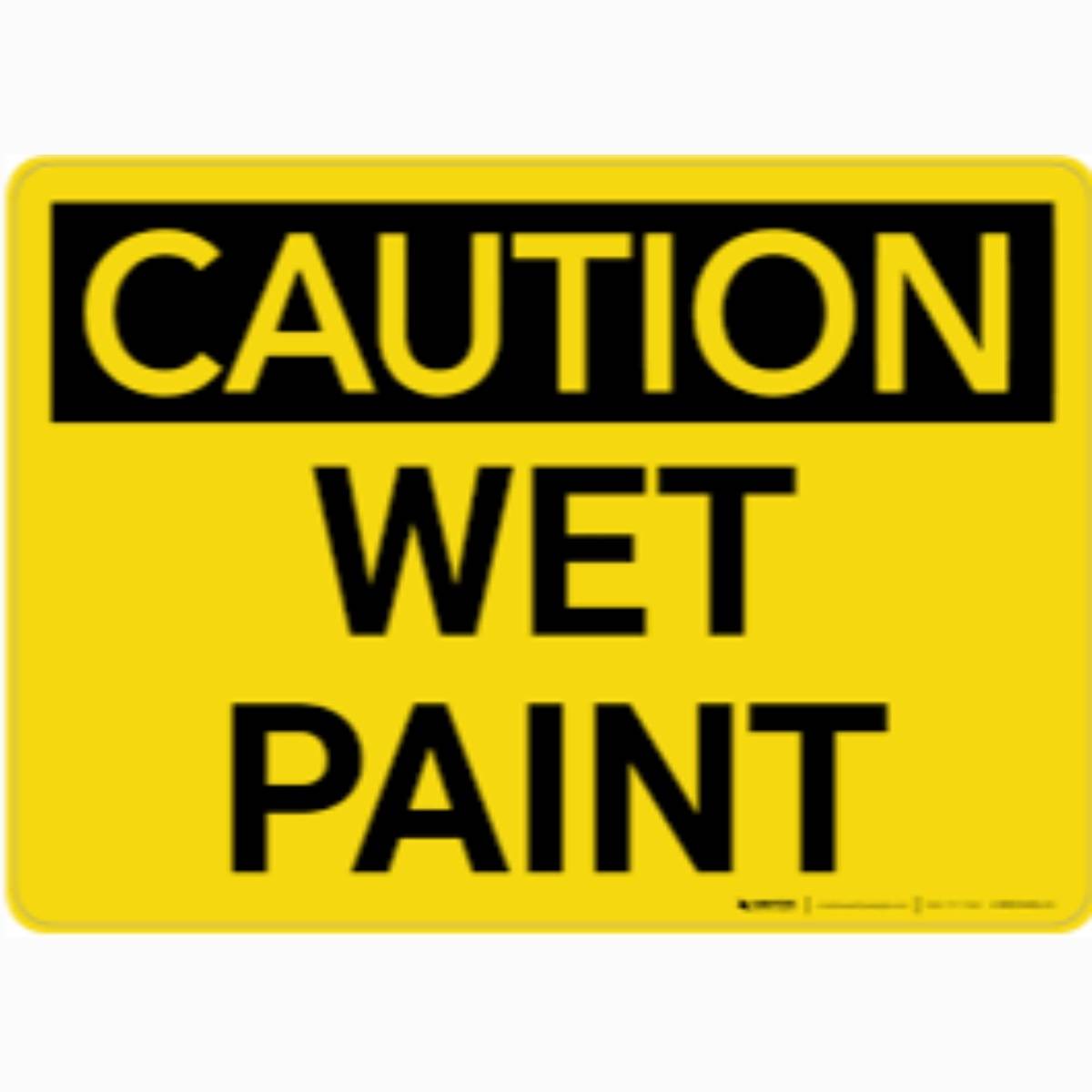“When you are targeted for who you are, it doesn't just hurt your feelings. It hurts every cell in your body.“
What a quote. Talking about the intensified consequences of hate crimes, this quote reveals the sheer weight of racism to the victim. Everyone is on the road to figure out their identity; unless it is found in something higher than oneself, that identity can only be temporary. Regardless, when our identities are targeted, that hurts more






